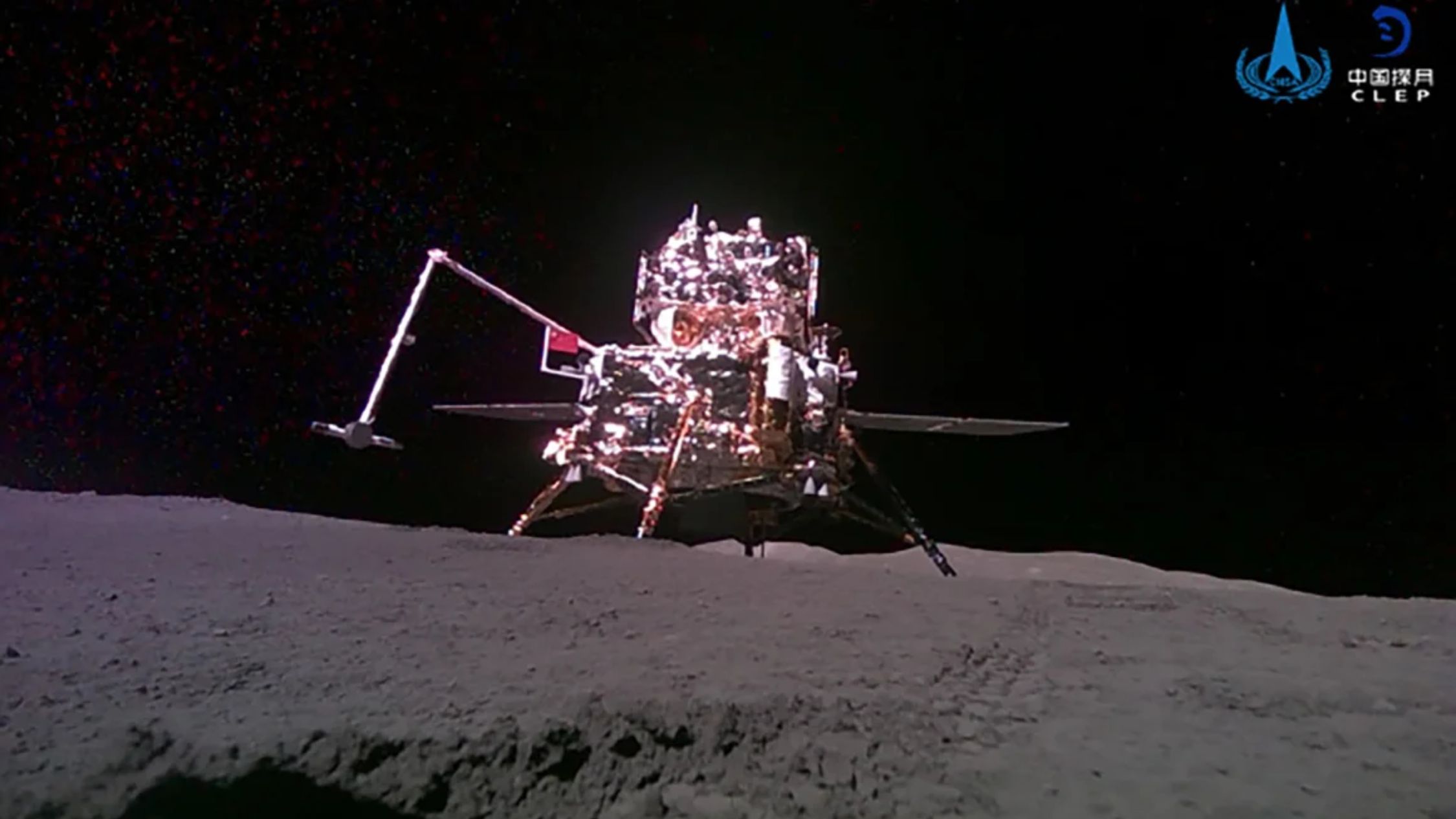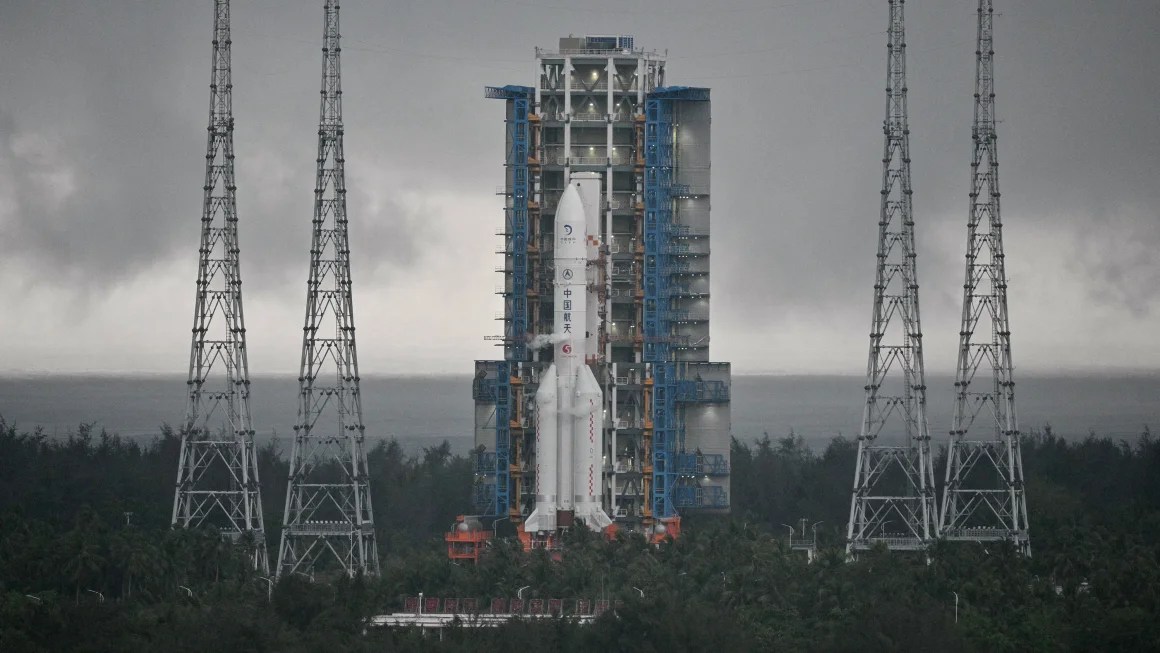China's Chang'e-6 Mission: A Milestone in Lunar Exploration
In a historic achievement, China's Chang'e-6 mission has successfully collected and is now returning with samples from the far side of the moon. This marks the first time in human history that lunar samples have been taken from this remote area, demonstrating China's growing prowess in space exploration.
Journey and Challenges of Chang'e-6
The ascent module of the Chang'e-6 probe lifted off from the lunar surface with rock and soil samples on board, navigating the complexities of high temperatures and the lack of direct communication with Earth. The mission relied on the Queqiao-2 relay satellite for indirect contact. Upon reaching its planned lunar orbit, the probe is set to dock with the orbiter and return vehicle to journey back to Earth. A safe landing in China’s northern Inner Mongolia province is anticipated by the end of June.
The Chang'e-6 probe, which took off from the Wenchang spaceport on Hainan Island and landed in the South Pole-Aitken Basin, used advanced technology for its landing. The mission employed an autonomous visual obstacle avoidance system and a visible light camera to ensure a safe landing zone. Scientists have shown particular interest in this basin because it is the moon's largest and oldest impact crater, potentially holding clues to the early history of the solar system.
Significance and Future Prospects
China has consistently showcased its ambitious space program with successful missions including Chang'e-3, 4, 5, and now 6. The Chang'e program, named after a moon goddess from Chinese legends, has rapidly advanced since its inception in 2007. Besides lunar missions, China's achievements include the construction of its own space station.
The samples collected by Chang'e-6 could provide invaluable insights into the formation of the moon and the Earth, expanding our understanding of the solar system's early history. Looking forward, China aims to send a manned mission to the moon by 2030, further cementing its status as a formidable player in the global space race.
- The Chang'e-6 mission is comprised of four key components: an orbiter, a lunar lander, an elevator, and a re-entry module. This complex setup underscores the sophisticated technology that underpins China's space ambitions.
- Beijing has been heavily investing in its space program, aiming to rival the capabilities of the USA. The successful collection and return of lunar samples indicate China's growing competence and confidence in executing advanced space missions.
- Previous missions, Chang'e-3 and Chang'e-4, laid the groundwork for these recent accomplishments. Chang'e-4's landing on the moon's far side in January 2019 was a groundbreaking achievement, setting the stage for the current mission's success.
- The lunar samples, particularly from the South Pole-Aitken Basin, are expected to yield significant scientific data. Researchers are eager to analyze these samples to gain a deeper understanding of the geological history and potential resources available on the moon.





